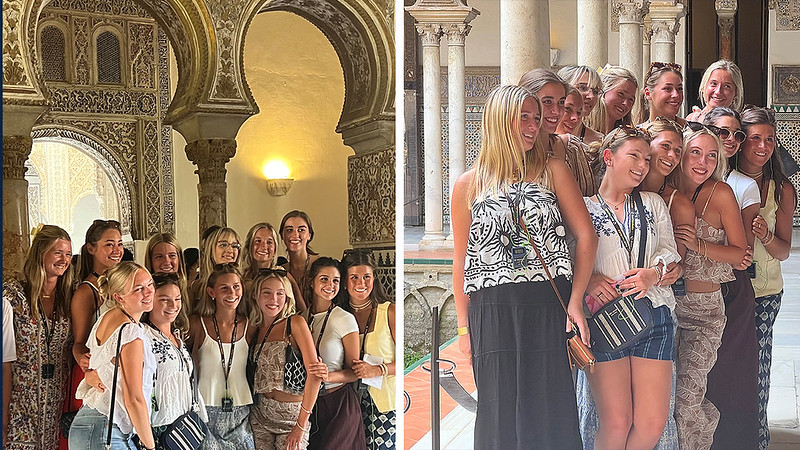content body
Experiential learning has long been a successful instruction method at Auburn University, and dozens of students recently engaged in dynamic learning opportunities in exotic locales.
Through an array of study abroad options, students not only get the chance to see new and interesting places but are empowered to enhance their knowledge in ways they may have never dreamed. Combining travel, cultural studies and applied fieldwork, Auburn Abroad trips have become prized experiences for Tigers looking to advance their academic careers.
Auburn Alumni Engineering Council Endowed Associate Professor Michael Zabala recently led a group of 16 students on a monthlong trip to Florence, Italy, that also included stops in Venice and Rome. The class, titled “Engineering in the Arts,” helped enhance students’ creativity and inventiveness by exposing them to engineering associated with various art forms.
It also helped provide an understanding of the influence of the Renaissance on modern-day science and engineering and gave students a chance to learn about and analyze arts-related engineering.
“The purpose of the trip is to grow students' worldview by teaching them engineering concepts within an artistic context in an international learning environment,” said Zabala, who is working as a visiting professor in Florence this fall.
Students learned about key historical figures such as Leonardo da Vinci, studied the origins of Western engineering and examined engineering’s connection to everything from the playing of musical instruments and painting to Renaissance architecture and dance. The group — which included computer science and software, mechanical and biosystems engineering majors — visited the Carrara Marble Quarry in the Apuan Alps and a gondola-building shop in Venice, as well as the Vatican Museum, Sistine Chapel and St. Peter’s Basilica. Students even had the chance to attend an opera in Rome’s most famous opera house, Teatro dell’Opera di Roma.
“As an engineering student who is interested in both STEM and the arts, this was the perfect opportunity,” said Mia King, a sophomore in mechanical engineering. “Dr. Zabala’s lectures helped connect what we typically learn in a standard engineering course to the Renaissance, real-world problems and art, and the activities outside of the lectures really helped elevate the experience.
“Engineering is a very hands-on major, so being able to see the application of a statics problem in Venice or the mechanical ideas of da Vinci really deepened my understanding. The whole study abroad program was amazing.”
Experiencing PR, communications Spanish style
Students in Seville, Spain, joined School of Communication and Journalism Alumni Professor Brigitta Brunner and Senior Lecturer Susan Fillippeli to learn how public relations and culture are utilized at various organizations through the course CMJN Abroad: PR in Spain — Food, Fashion & Culture. They also examined ways in which communication about religion, politics, food, sports and fashion inform and are informed by cultural norms in the course Experimental Approaches to Culture and Communication.
This year’s group spent nearly a month studying these concepts and visiting the Sevilla Futbol Club, chocolatier Mama Goye, Doble Erre fashion agency and the Canal Sur regional television station to learn more about public relations, communication and culture. Students also took an excursion to Cordoba to tour the Jewish corridor and the Mosque-Cathedral and completed cultural tours of the Alcazar royal palace and the cathedral in Seville. The group learned how to make paella in a cooking class and experienced a flamenco show.
“I enjoy leading study abroad courses because, not only do students learn about public relations and communication, but they also learn about history, culture and themselves,” Brunner said. “To me, the most exciting element of these experiences is seeing how much students learn and grow from their time abroad.”
Brunner tasked her students with writing restaurant reviews, shopping experience critiques and promotional materials and generating ideas for a special event. Students could choose from developing an event for one of the organizations they visited or developing an event to promote the study abroad program to future students.
“Seville opened my eyes to a whole new world of global communication that allowed me to connect with locals and friends I met around the world,” said Lily Moss, a junior public relations major. “It was truly an experience like no other, as I was able to immerse myself in a culture I wouldn’t have gotten the chance to otherwise.”
Fillippeli asked students to engage in ethnographic research by observing others participating in cultural events, rights or customs. Students also had the choice of developing a travel guide for Seville or a training guide for organizations preparing individuals to travel to the Spanish city.
“By taking these classes, students not only gain an understanding of Seville and Spain’s cultures, but they also learn how to identify, understand and respect the cultural norms of the people they encounter in their communities, workplaces and travels,” Fillippeli said.









